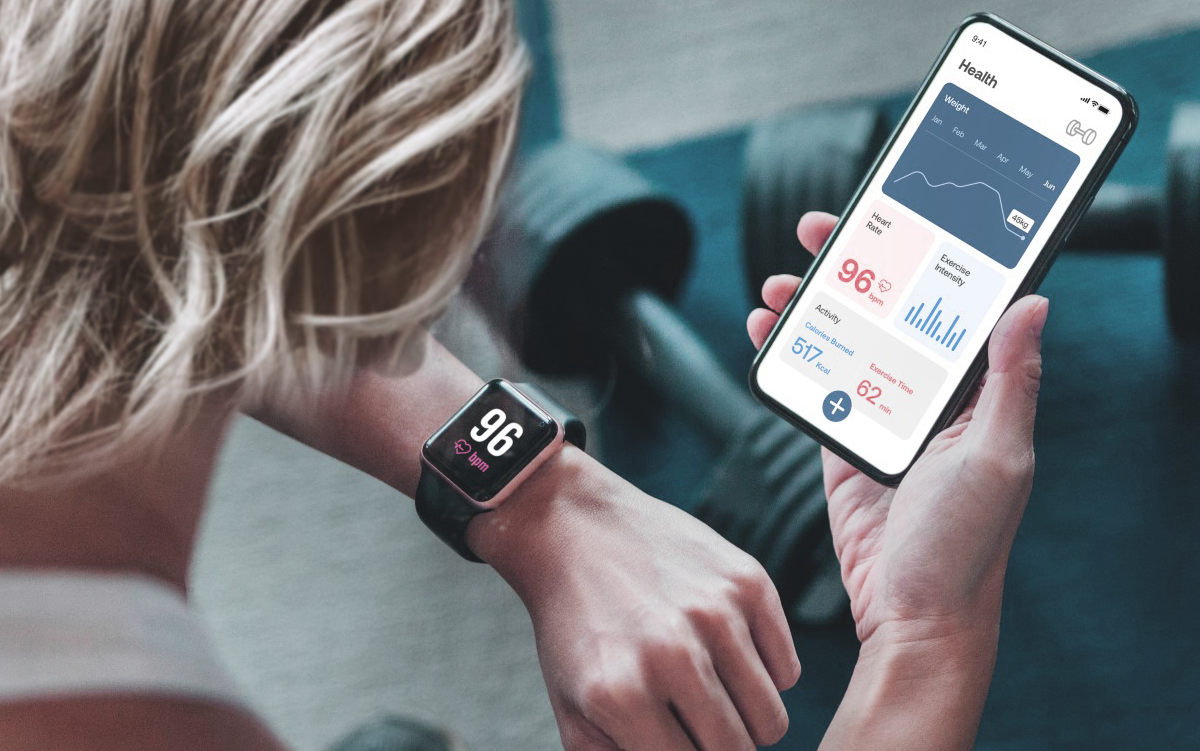

Hospitals Advance AI-Enabled Prevention at Scale

A new study from Johns Hopkins Medicine offers hospitals a glimpse of how artificial intelligence (AI) could make prevention programs more accessible without compromising results. Researchers found that participants in an AI-powered diabetes-prevention program achieved nearly the same health benefits as those in traditional, coach-led programs.
After 12 months, about one-third of participants in each group met Centers for Disease Control and Prevention benchmarks for lowering diabetes risk, such as losing 5% of body weight or reducing A1C levels. What set the AI group apart was engagement: 93% of participants began the program, compared with 83% in the human-led version, and nearly two-thirds completed it. For many patients, an AI-based option helped to overcome such barriers as scheduling and travel, keeping them engaged longer.
The findings raise a practical question: How can AI-enabled prevention tools complement population health strategies to reach more patients and sustain participation at scale?
From Pilots to Practice
Across the country, hospitals are embedding AI into preventive care, chronic-disease management and virtual outreach.
At Cleveland Clinic, researchers integrated AI analytics into a precision health and lifestyle coaching program for adults with type 2 diabetes. The system analyzes real-time data from wearables and self-reports to personalize feedback and predict when patients might deviate from care plans.
Results published in NEJM Catalyst showed that 71% of participants in the AI-enabled, bundled system of sensors and coaching group achieved an A1C of 6.5% or lower, significantly higher than control groups using traditional coaching. Clinic researchers note that the combination of AI, behavioral science and clinician oversight allows for “early intervention before small setbacks become serious complications.” The approach exemplifies how AI can help systems sustain engagement in long-term prevention programs without overburdening staff.
In Los Angeles, Cedars-Sinai is using AI to extend preventive and primary care beyond hospital walls through Cedars-Sinai Connect, a 24/7 AI-powered virtual care platform developed with digital health company K Health. The platform triages symptoms, routes patients to the right level of care and supports chronic condition management at home. More than 42,000 patients have used it to manage hypertension, diabetes and respiratory conditions before they escalated into emergency department visits. Executives emphasize that AI isn’t replacing clinicians — it’s expanding reach and efficiency by automating intake and freeing clinicians to focus on complex cases.
What These Examples Reveal
The experiences at Johns Hopkins, Cleveland Clinic and Cedars-Sinai highlight four emerging lessons:
AI can widen participation in preventive care.
Johns Hopkins researchers observed higher enrollment and completion rates among participants in AI-guided programs, showing how automation can remove access barriers.
Integration drives results.
Cleveland Clinic’s researchers maintain that their program succeeded because AI was built into an existing coaching framework, not bolted on as a separate app — amplifying, not replacing, human relationships.
Virtual models expand access and efficiency.
Cedars-Sinai’s 24/7 platform demonstrates how AI-enabled systems can reduce low-acuity visits and manage chronic risk remotely.
Governance remains central.
A 2025 JAMA commentary emphasizes that while AI shows promise in prevention, systems must continue to test for bias, ensure model transparency and monitor real-world outcomes to avoid widening disparities.
Looking Ahead
These examples reflect a clear shift: AI-enabled prevention is moving from pilot projects to practical infrastructure. Hospitals no longer are asking whether AI works, but where it works best and how to weave it into daily operations.
For hospital leaders, the next step lies in pairing intelligent technology with clinical oversight, governance and transparent measurement. The future of population health may depend less on treating illness after it appears and more on data-driven prevention that starts long before a hospital visit ever occurs.
AHA AI Resources
For leaders ready to take the next step, the American Hospital Association offers several resources designed to move AI from pilot to practice.
- Report: “Building and Implementing an Artificial Intelligence Action Plan for Health Care” — a step-by-step guide for planning, implementing and measuring AI initiatives.
- AHA Leadership Scan: “AI in Action: What’s Working Now in Workforce and Clinical Care” — real-world examples of AI in action.
- Webinar: “Beyond the Buzz: Measuring AI’s Impact on Revenue Cycle Management” — highlights health systems using AI for operational efficiency and measurable return on investment.




